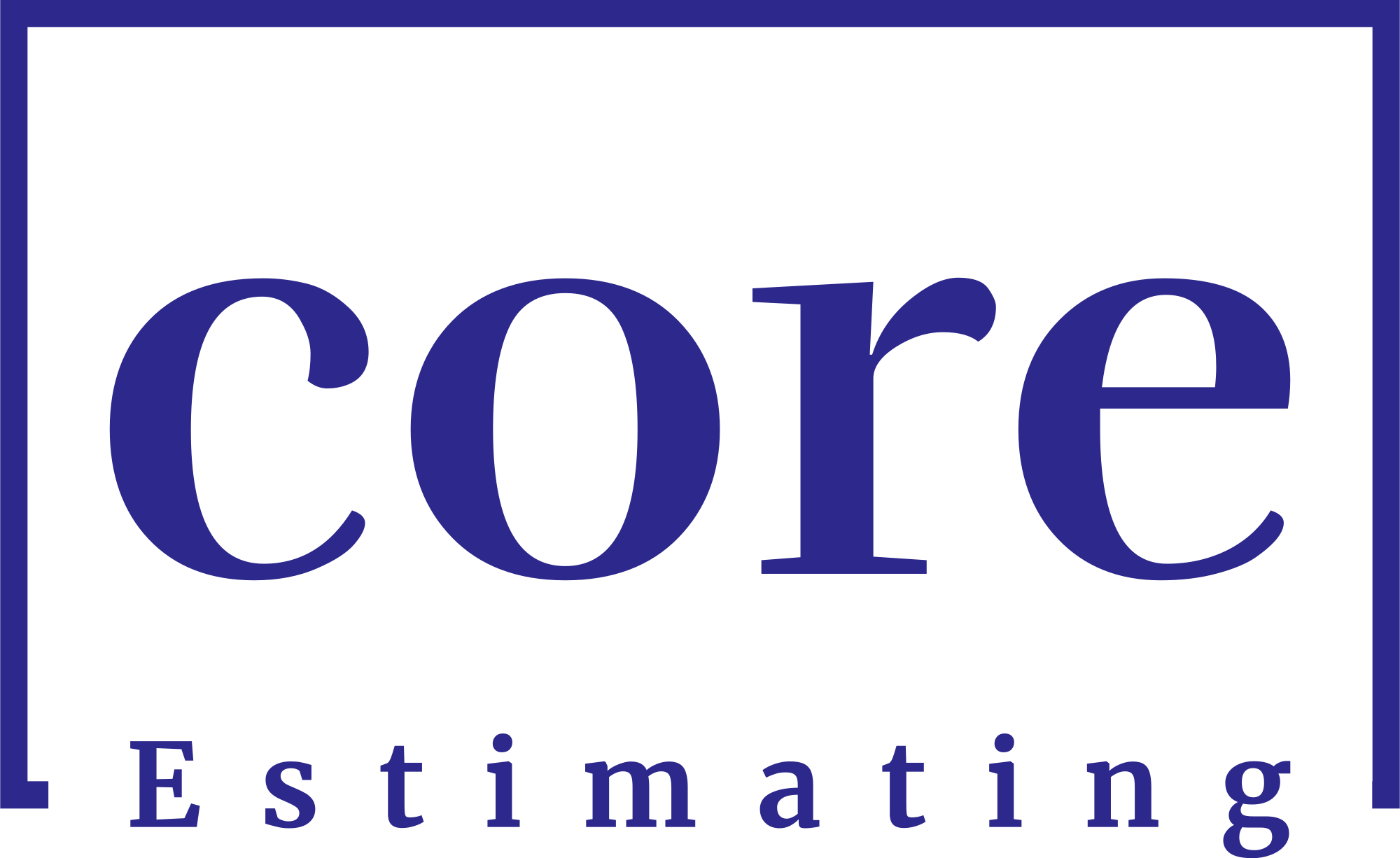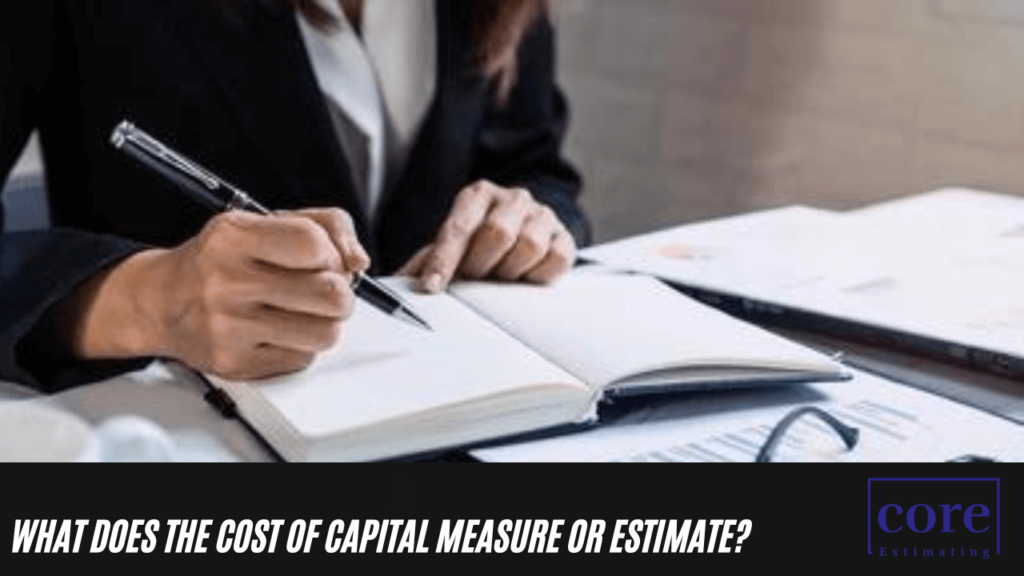In the intricate world of business and finance, the cost of capital emerges as a pivotal element in accounting and financial analysis. A business’s success is intricately linked with its ability to manage its finances effectively. In this comprehensive article, we delve into the core concepts surrounding the cost of capital, its significance, and how businesses can leverage this knowledge to enhance their financial strategies.
If you’re in need of construction estimate services, simply go to homepage or follow the links below:
| Services | Links |
|---|---|
| Detailing Services | Link |
| Building Information Modeling | Link |
| General Contractor | Link |
| Subcontractors | Link |
| MEP | Link |
What is Cost of Capital?
At its essence, the cost of capital signifies the expected return on a specific investment, justifying the allocation of resources. This critical metric determines the rate of return required to entice investors into financing a capital budgeting project.
Dependence on Financing Type
The cost of capital’s magnitude is heavily contingent on the type of financing employed by the business. Whether through debt or equity, most companies opt for a blend of both. The resulting cost of capital is derived from the weighted average cost of all capital sources.
Financial Concepts and Cost of Capital
While perusing balance sheets aids in addressing this query, a profound understanding of financial concepts, particularly the cost of capital, is imperative.
Significance of Cost of Capital
Cost of capital serves as the minimum rate of return or profit necessary for a company to generate value. Businesses calculate it meticulously to assess financial risk and justify investments, ensuring profitability in the long run. Stakeholders keen on articulating returns on investments must grasp the nuances of the cost of capital.
Calculating the Cost of Capital: A Trifecta Approach
To derive the cost of capital, businesses and investors consider three crucial factors: cost of debt, cost of equity, and the weighted average cost of capital (WACC).
1. Cost of Debt
While debt may pose risks, it is integral to a company’s capital structure. Cost of debt involves the pre-tax interest rate on debts, such as loans and credit cards. Managing this debt prudently allows a company to retain more profits through tax savings.
2. Cost of Equity
Equity, representing assets available to shareholders, is vital for long-term success. The cost of equity is the rate of return a company must offer to equity investors. Calculated using the Capital Asset Pricing Model (CAPM) or the Dividend Capitalization Model, it assesses investment attractiveness.
3. Weighted Average Cost of Capital (WACC)
WACC, the most prevalent method for determining the cost of capital, averages a company’s debt and equity. Calculated by multiplying the cost of each capital source by its weight and summing the products, WACC aids in establishing discount rates for future cash flows.
Importance of the Cost of Capital
Beyond its role in capital structure, the cost of capital is a barometer of an organization’s financial health. It guides business decisions by evaluating ongoing project progress against costs, helping companies strike a balance between financing and limiting the cost of capital.
Conclusion
In the dynamic realm of business, understanding the cost of capital is not just a financial exercise; it’s a strategic imperative. As businesses navigate the intricacies of finance, a nuanced comprehension of the cost of capital empowers them to make informed, prudent decisions that fuel long-term success.
FAQs: Unveiling the Mysteries of Cost of Capital
1. Why is the cost of capital crucial for businesses?
The cost of capital is vital as it signifies the minimum return required for an investment to be worthwhile. It guides financial decisions, ensuring businesses strike a balance between profitability and risk.
2. How does the cost of debt impact a company’s risk profile?
The cost of debt, determined by factors like interest rates and tax savings, influences a company’s risk. Prudent management of debt helps maintain a favorable risk profile.
3. What role does WACC play in investment decisions?
WACC determines the rate of return that shareholders demand. It guides investment decisions, offering insights into the risk associated with cash flows, share values, and potential acquisitions.
4. How can businesses mitigate a high WACC?
To reduce WACC, businesses can explore strategies to lower the cost of debt or enhance the efficiency of equity utilization, thus making the overall capital structure more attractive to investors.
5. Is the cost of equity more challenging to calculate than other components?
Yes, calculating the cost of equity involves factors like market rates, stock beta, and dividend growth, making it relatively intricate compared to the cost of debt.






